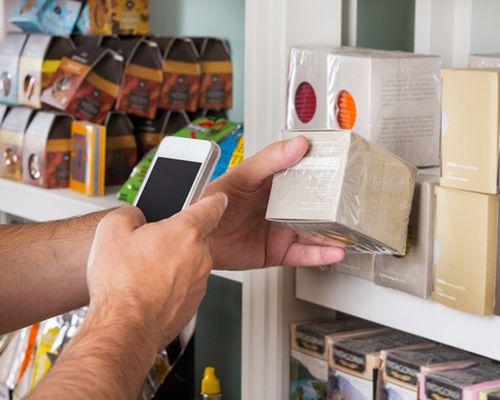It’s Not Just for Amazon: How Any Retailer Can Provide a Frictionless Experience for Customers
Frictionless Retail is just more than just self-checkout – It is offering a seamless ecosystem of shopping experience that incorporates checkout and payment options, real-time customer service, and incorporates consumers’ delivery preferences that are quickly becoming the fundamental parts of a customer’s buying journey.
The pandemic has shifted consumer expectations toward simple and immediate gratification, and while e-commerce filled this void throughout COVID-19, frictionless technology enables brick-and-mortar stores to capitalize on these expectations and offer more convenience than online shopping. The idea of frictionless retail may have become synonymous with giants such as Amazon Go, making it seem nearly impossible for other retailers to compete with this technology on a sustainable, cost effective scale. This, however, is a misconception.
Why Frictionless?
Online customers have more access than ever to product diversity, features, price ranges, and availability, but retail stores have struggled to match customers’ expectations. Even before COVID-19, consumers were fed up with waiting for customer service and payments. The pandemic has increased the appetite for touchless solutions that simultaneously accelerate the checkout process while eliminating the need to touch payment terminals.
As shopping behaviors change and consumers demand a seamless experience between digital browsing and in-store purchasing, it’s critical that store operators adjust to stay competitive. Offering a frictionless digital shopping technology that incorporates localization convenience – Last Mile, availability of variety of products and speed of customer experience – check-in, check-out, digital payment, and pickup lockers are various stages of this frictionless experience.
How Retailers Can Get There
So, how can retailers without a $1.7 billion market cap implement frictionless in their operations? The process is easier than most realize. Homegrown technology is difficult and costly to build, scale, and manage without nearly unlimited resources. To compete, retailers should identify third-party systems that can be integrated into their existing logistics systems for quick development and use – meeting consumer expectations post-pandemic is more important than dedicating resources to building your own system.
These systems often function in a similar way – leveraging AI, sensors, and cameras, users scan a QR code via an app and shop as they normally would with products being added to their bill along the way and are sent a receipt within minutes of leaving the store. These systems can be functional in as little as two months from initial software installation to a customer’s first purchase, and can be rolled out across a company’s chain. Within the next few years, we will see a dramatic shift toward frictionless making it a necessity if retailers want to stay viable.
Want to Learn More From Ahold Delhaize USA?
The complexity of the modern food retail industry means retailers are faced with the challenge of scale and rigor. At the NRF Big Show 2022, learn how Ahold Delhaize USA is addressing this situation and examine critical challenges, such as how to unify disparate technologies and deliver the best customer and associate experience. Don't miss "How to deliver innovation at scale in food retail" at the Food Service Technology Pavilion.
What Are the Benefits?
The customer benefits of frictionless speak for themselves: improved engagement, a 24/7 continuous shopping experience, localized convenience, and attraction of multigenerational consumer personas. Operationally, retailers can expect substantial cost savings, better supply chain control and visibility, improved last mile shipping and perfect order index (POI), and actionable insights. Retail Business Services, the services company of Ahold Delhaize USA, launched a frictionless model in its warehouse for their associates and has since found improved inventory efficiency and a better use of employee time as they are now solely dedicated to stronger customer interactions.
Retail is at a precipice right now and with frictionless technologies, we could see a resurgence of brick-and-mortar stores that we never could have expected otherwise.
-Krishna Prasad, chief customer officer, UST and Keith Pickens, retail domain leader - General Manager, UST


